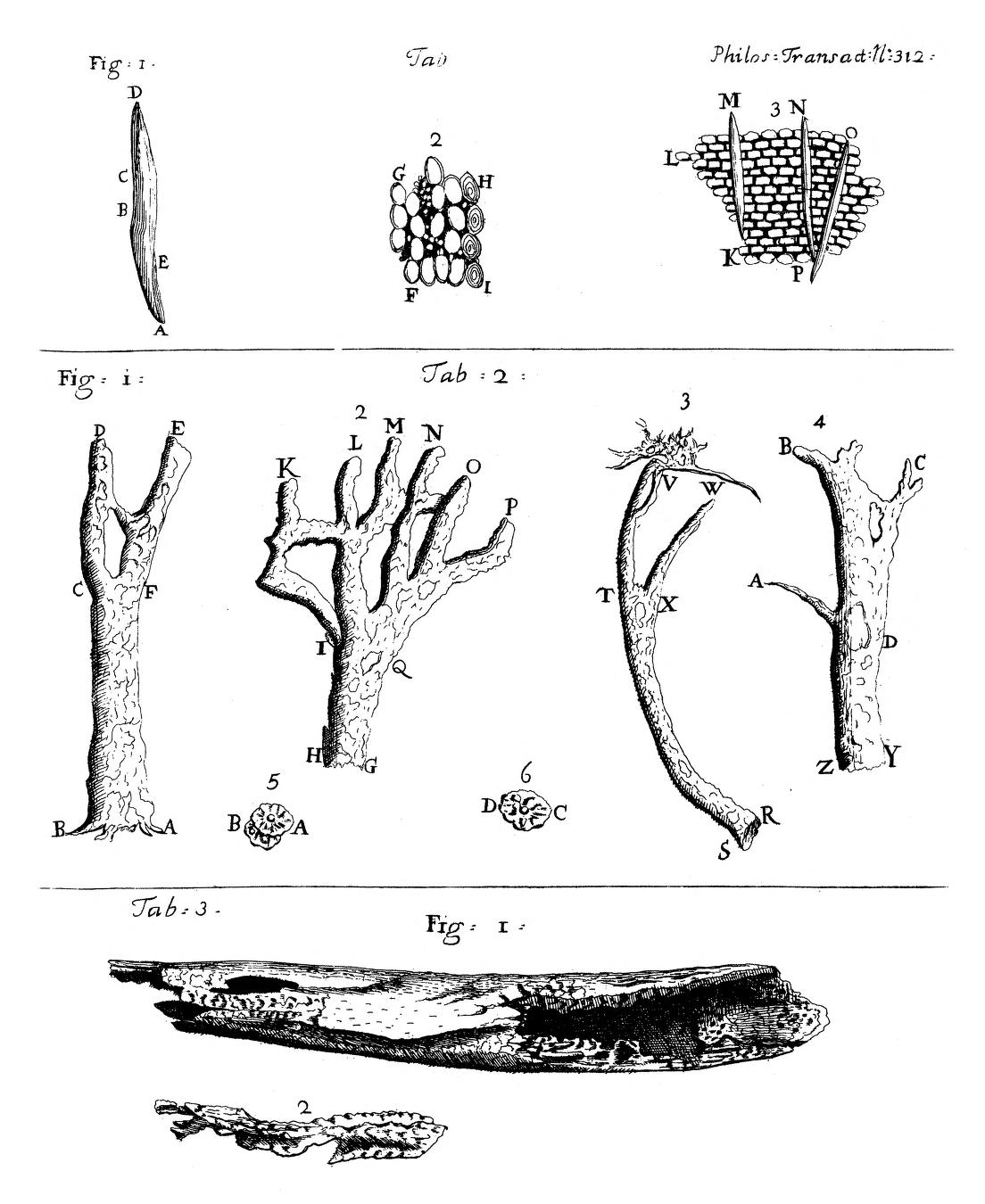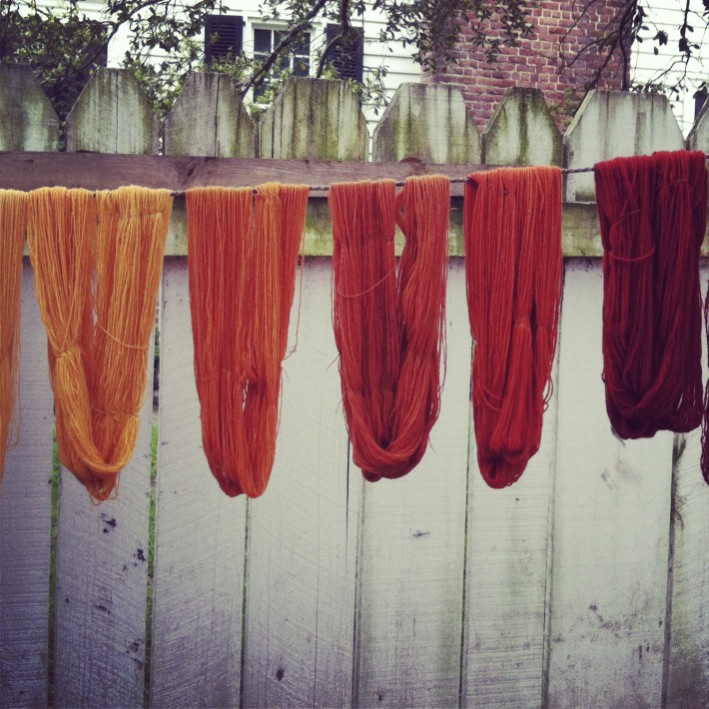|
Rubiaceae
The Rubiaceae are a family of flowering plants, commonly known as the coffee, madder, or bedstraw family. It consists of terrestrial trees, shrubs, lianas, or herbs that are recognizable by simple, opposite leaves with interpetiolar stipules and sympetalous actinomorphic flowers. The family contains about 13,500 species in about 620 genera, which makes it the fourth-largest angiosperm family. Rubiaceae has a cosmopolitan distribution; however, the largest species diversity is concentrated in the tropics and subtropics. Economically important genera include '' Coffea'', the source of coffee, '' Cinchona'', the source of the antimalarial alkaloid quinine, ornamental cultivars (''e.g.'', '' Gardenia'', '' Ixora'', '' Pentas''), and historically some dye plants (''e.g.'', '' Rubia''). Description The Rubiaceae are morphologically easily recognizable as a coherent group by a combination of characters: opposite or whorled leaves that are simple and entire, interpetiolar sti ... [...More Info...] [...Related Items...] OR: [Wikipedia] [Google] [Baidu] |
Cinchona
''Cinchona'' (pronounced or ) is a genus of flowering plants in the family Rubiaceae containing at least 23 species of trees and shrubs. All are native to the tropical Andean forests of western South America. A few species are reportedly naturalized in Central America, Jamaica, French Polynesia, Sulawesi, Saint Helena in the South Atlantic, and São Tomé and Príncipe off the coast of tropical Africa, and others have been cultivated in India and Java, where they have formed hybrids. ''Cinchona'' has been historically sought after for its medicinal value, as the bark of several species yields quinine and other alkaloids. These were the only effective treatments against malaria during the height of European colonialism, which made them of great economic and political importance. Trees in the genus are also known as fever trees because of their anti-malarial properties. The artificial synthesis of quinine in 1944, an increase in resistant forms of malaria, and the emergence of ... [...More Info...] [...Related Items...] OR: [Wikipedia] [Google] [Baidu] |
Ixoroideae
Ixoroideae is a subfamily of flowering plants in the family Rubiaceae and contains about 4000 species in 27 tribes. Tribes * Airospermeae Kainul. & B.Bremer * Alberteae Hook.f. * Aleisanthieae Mouly, J.Florence & B.Bremer * Augusteae Kainul. & B.Bremer * Bertiereae Bridson * Coffeeae DC. * Condamineeae Hook.f. * Cordiereae A.Rich. ex DC. emend. Mouly * Cremasporeae Bremek. ex S.P.Darwin * Crossopterygeae F.White ex Bridson * Gardenieae A.Rich. ex DC. * Greeneeae Mouly, J.Florence & B.Bremer * Henriquezieae Benth. & Hook.f. * Ixoreae Benth. & Hook.f. * Jackieae Korth. * Mussaendeae Hook.f. * Octotropideae Bedd. * Pavetteae A.Rich. ex Dumort. * Posoquerieae Delprete * Retiniphylleae Hook.f. * Sabiceeae Bremek. * Scyphiphoreae Kainul. & B.Bremer * Sherbournieae Mouly & B.Bremer * Sipaneeae Bremek. * Steenisieae Kainul. & B.Bremer * Trailliaedoxeae Kainul. & B.Bremer * Vanguerieae A.Rich. ex Dumort. Classification Ixoroideae is a subfamily of the fam ... [...More Info...] [...Related Items...] OR: [Wikipedia] [Google] [Baidu] |
Luculia Gratissima
''Luculia gratissima'' is a species of flowering plant in the family Rubiaceae. It is an ornamental plant that is found from the central Himalayas to northern Indo-China. The Latin specific epithet ''gratissima'' means "most pleasing" or "most agreeable". It is a large shrub or even a small tree growing to tall by broad, with pointed ribbed leaves, and clustered fragrant pale pink flowers in autumn and winter. As it does not tolerate temperatures below , it requires cultivation under glass in temperate zones. However, it may be placed outside in a sheltered, sunny spot during the summer months. It is a recipient of the Royal Horticultural Society's Award of Garden Merit The Award of Garden Merit (AGM) is a long-established annual award for plants by the British Royal Horticultural Society (RHS). It is based on assessment of the plants' performance under UK growing conditions. History The Award of Garden Merit .... References External links ''Luculia'' in the World Ch ... [...More Info...] [...Related Items...] OR: [Wikipedia] [Google] [Baidu] |
Gardenia
''Gardenia'' is a genus of flowering plants in the coffee family, Rubiaceae, native to the tropical and subtropical regions of Africa, Asia, Madagascar and Pacific Islands, and Australia. The genus was named by Carl Linnaeus and John Ellis after Alexander Garden (1730–1791), a Scottish-born American naturalist. Description Gardenias are evergreen shrubs and small trees growing to tall. The leaves are opposite or in whorls of three or four, long and broad, dark green and glossy with a leathery texture. The flowers are solitary or in small clusters, white, or pale yellow, with a tubular-based corolla (botany) with 5–12 lobes (petals) from diameter. Flowering is from about mid-spring to mid-summer, and many species are strongly scented. Phytochemistry Many of the native gardenias of the Pacific Islands and elsewhere in the paleotropics possess a diverse array of natural products. Methoxylated and oxygenated flavonols, flavones, and triterpenes accumulate on the veg ... [...More Info...] [...Related Items...] OR: [Wikipedia] [Google] [Baidu] |
Coffea
''Coffea'' is a genus of flowering plants in the family Rubiaceae. ''Coffea'' species are shrubs or small trees native to tropical and southern Africa and tropical Asia. The seeds of some species, called coffee beans, are used to flavor various beverages and products. The fruits, like the seeds, contain a large amount of caffeine, and have a distinct sweet taste and are often juiced. The plant ranks as one of the world's most valuable and widely traded commodity crops and is an important export product of several countries, including those in Central and South America, the Caribbean and Africa. Cultivation and use There are over 120 species of ''Coffea'', which is grown from seed. The two most popular are ''Coffea arabica'' (commonly known simply as "Arabica"), which accounts for 60–80% of the world's coffee production, and ''Coffea canephora'' (known as "Robusta"), which accounts for about 20–40%. '' C. arabica'' is preferred for its sweeter taste, while ''C. canephora ... [...More Info...] [...Related Items...] OR: [Wikipedia] [Google] [Baidu] |
Rubia
''Rubia'' is the type genus of the Rubiaceae family of flowering plants, which also contains coffee. It contains around 80 species of perennial scrambling or climbing herbs and subshrubs native to the Old World. The genus and its best-known species are commonly known as madder, e.g. ''Rubia tinctorum'' (common madder), ''Rubia peregrina'' (wild madder), and ''Rubia cordifolia'' (Indian madder). Uses ''Rubia'' was an economically important source of a red pigment in many regions of Asia, Europe and Africa. The genus name ''Rubia'' derives from the Latin ' meaning "red". The plant's roots contain an anthracene compound called alizarin that gives its red colour to a textile dye known as Rose madder. It was also used as a colourant, especially for paint, that is referred to as Madder lake. The synthesis of alizarin greatly reduced demand for the natural compound. In Georgia, Rubia is used for dying Easter eggs in red. History Several species, such as ''Rubia tinctorum'' in Europ ... [...More Info...] [...Related Items...] OR: [Wikipedia] [Google] [Baidu] |
Psychotria
''Psychotria'' is a genus of flowering plants in the family Rubiaceae. It contains 1,582 species and is therefore one of the largest genera of flowering plants. The genus has a pantropical distribution and members of the genus are small understorey trees in tropical forests. Some species are endangered or facing extinction due to deforestation, especially species of central Africa and the Pacific. Many species, including '' Psychotria viridis'', produce the psychedelic chemical dimethyltryptamine (DMT). Selected species * ''Psychotria abdita'' * '' Psychotria acutiflora'' * ''Psychotria adamsonii'' * ''Psychotria alsophila'' * ''Psychotria angustata'' * ''Psychotria atricaulis'' * '' Psychotria beddomei'' * '' Psychotria bimbiensis'' * ''Psychotria bryonicola'' * ''Psychotria camerunensis'' * ''Psychotria capensis'' * ''Psychotria carronis'' * '' Psychotria carthagenensis'' * ''Psychotria cathetoneura'' * ''Psychotria cernua' * ''Psychotria chalconeura'' * ''Psychotria chimb ... [...More Info...] [...Related Items...] OR: [Wikipedia] [Google] [Baidu] |
Pentas
''Pentas'' is a genus of flowering plants in the family Rubiaceae. The genus is found in tropical and southern Africa, the Comoros, Madagascar, and the Arabian Peninsula. The plants have hairy green leaves and clusters of flowers in shades of red, white, pink, and purple. ''Pentas'' are attractive to butterflies and hummingbirds. Some species are commonly cultivated and can be grown in pots and baskets. Species such as '' Pentas lanceolata'' can withstand full sunlight and need little to no care, growing even in locations that are dry and hot. Floridata. Species *'' Pentas angustifolia'' *'' |
Ixora
''Ixora'' is a genus of flowering plants in the family Rubiaceae. It is the only genus in the tribe Ixoreae. It consists of tropical evergreen trees and shrubs and holds around 544 species. Though native to the tropical and subtropical areas throughout the world, its centre of diversity is in Tropical Asia. ''Ixora'' also grows commonly in subtropical climates in the United States, such as Florida where it is commonly known as West Indian jasmine. Other common names include viruchi, kiskaara, kepale, rangan, kheme, ponna, chann tanea, techi, pan, siantan, jarum-jarum/jejarum, jungle flame, jungle geranium, and cruz de Malta, among others. The plants possess leathery leaves, ranging from 3 to 6 inches in length, and produce large clusters of tiny flowers in the summer. Members of Ixora prefer acidic soil, and are suitable choices for bonsai. It is also a popular choice for hedges in parts of South East Asia. In tropical climates they flower year round and are commonly used ... [...More Info...] [...Related Items...] OR: [Wikipedia] [Google] [Baidu] |
Coffee
Coffee is a drink prepared from roasted coffee beans. Darkly colored, bitter, and slightly acidic, coffee has a stimulating effect on humans, primarily due to its caffeine content. It is the most popular hot drink in the world. Seeds of the '' Coffea'' plant's fruits are separated to produce unroasted green coffee beans. The beans are roasted and then ground into fine particles that are typically steeped in hot water before being filtered out, producing a cup of coffee. It is usually served hot, although chilled or iced coffee is common. Coffee can be prepared and presented in a variety of ways (e.g., espresso, French press, caffè latte, or already-brewed canned coffee). Sugar, sugar substitutes, milk, and cream are often used to mask the bitter taste or enhance the flavor. Though coffee is now a global commodity, it has a long history tied closely to food traditions around the Red Sea. The earliest credible evidence of coffee drinking in the form of the modern ... [...More Info...] [...Related Items...] OR: [Wikipedia] [Google] [Baidu] |
Rubiácea
Rubiácea is a municipality in the state of São Paulo in Brazil Brazil ( pt, Brasil; ), officially the Federative Republic of Brazil (Portuguese: ), is the largest country in both South America and Latin America. At and with over 217 million people, Brazil is the world's fifth-largest country by area .... The population in 2020 was 3,162 and the area is 237.67 km². The elevation is 420 m. References Municipalities in São Paulo (state) {{SaoPauloState-geo-stub ... [...More Info...] [...Related Items...] OR: [Wikipedia] [Google] [Baidu] |
Rubioideae
Rubioideae Juss., 1789 is a subfamily of flowering plants in the family Rubiaceae and contains about 7600 species in 27 tribes. Tribes * Anthospermeae Cham. & Schltdl. ex DC. * Argostemmateae Bremek. ex Verdc. * Clarkelleae Deb * Colletoecemateae Rydin & B.Bremer * Coussareeae Hook.f. * Craterispermeae Verdc. * Cyanoneuroneae Razafim. & B.Bremer * Danaideae B.Bremer & Manen * Dunnieae Rydin & B.Bremer * Gaertnereae Bremek. ex S.P.Darwin * Knoxieae Hook.f. * Lasiantheae B.Bremer & Manen * Mitchelleae Razafim. & B.Bremer & Manen * Morindeae Miq. * Ophiorrhizeae Bremek. ex Verdc. * Paederieae DC. * Palicoureeae Robbr. & Manen * Perameae Bremek. ex S.P.Darwin * Prismatomerideae Y.Z.Ruan * Psychotrieae Cham. & Schltdl. * Putorieae * Rubieae Baill. * Schizocoleeae Rydin & B.Bremer * Schradereae Bremek. * Spermacoceae Cham. & Schltdl. ex DC. * Theligoneae Wunderlich ex S.P.Darwin * Urophylleae Bremek. Cornelis Eliza Bertus Bremekamp (7 February 1888, in Dor ... [...More Info...] [...Related Items...] OR: [Wikipedia] [Google] [Baidu] |



